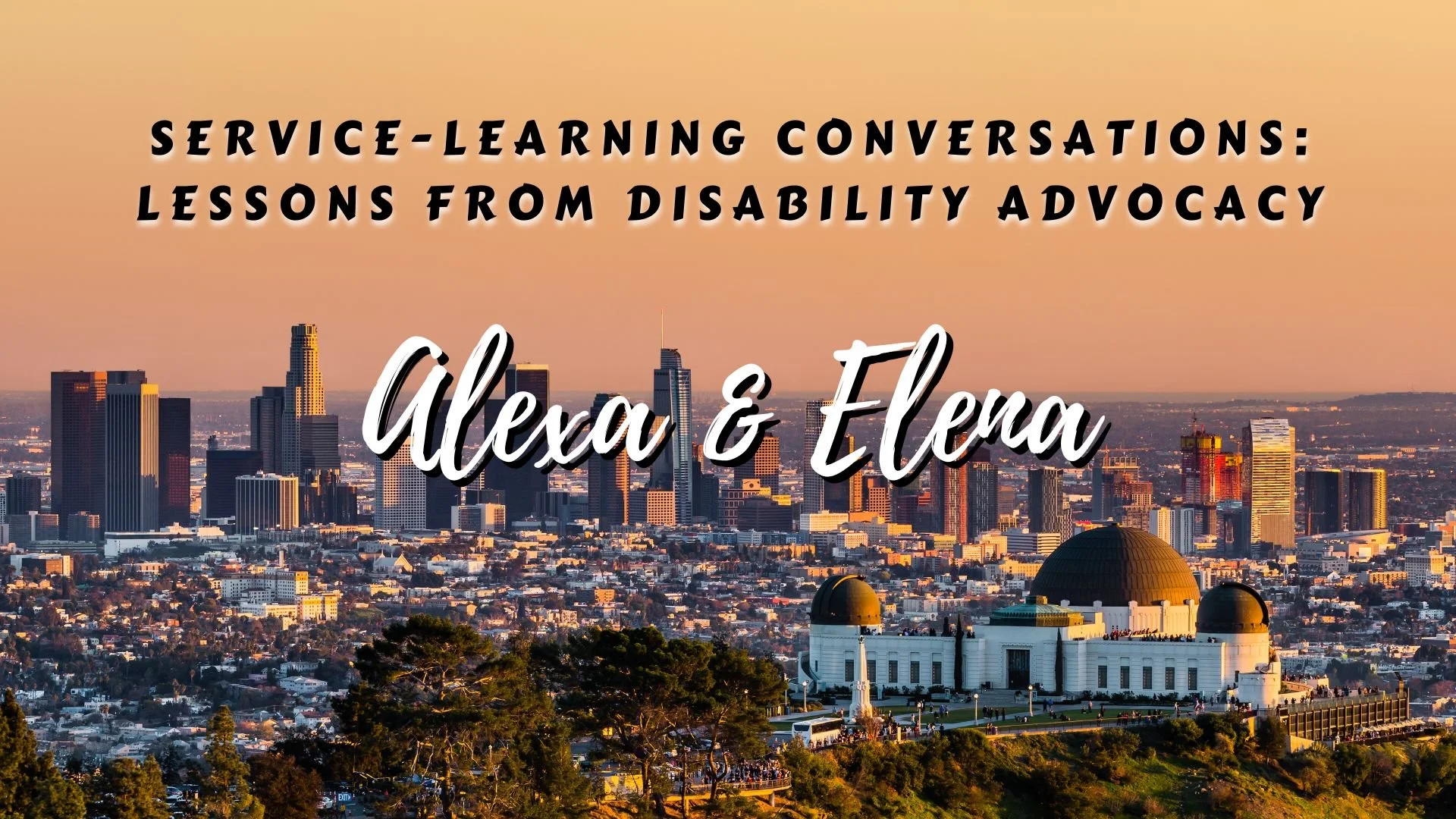Disability Visibility in Medical Education
Overview
A student-driven narrative media project that integrates the lived experience of disability into medical education to build empathy, awareness, and structural competency
My Role: Concept design, student training in narrative interviewing, editorial oversight, and curricular integration
Collaborators: Medical student interviewer, community member with spinal muscular atrophy
Audience: Medical students
The Challenge
Many physicians report discomfort in caring for people with disabilities, often due to limited exposure during medical training. Disability remains structurally invisible in curricula—seen clinically but rarely encountered as a lived experience. Students lack opportunities to understand disability as both identity and social determinant.
Theory of Change
If medical students engage directly with authentic narratives from people with disabilities, they will develop the extra-clinical language and awareness necessary to recognize structural barriers, improve communication, and advocate for accessibility. By foregrounding lived experience, the project humanizes disability, normalizes inclusion, and reframes disability as a source of expertise and advocacy rather than deficit.
Impact
The narrative piece was integrated into the medical school’s disability curriculum as required pre-learning, accompanied by reflective discussion prompts. It has expanded disability visibility within the learning environment and informed the development of similar student-led narrative projects addressing homelessness and other social determinants of health. The project demonstrates how storytelling can cultivate structural humility and deepen learners’ understanding of disability as a key dimension of health equity.

